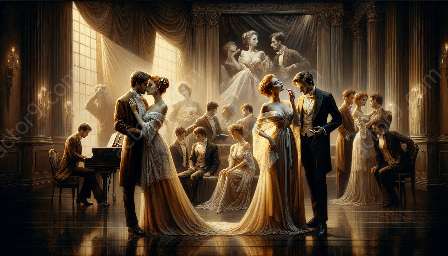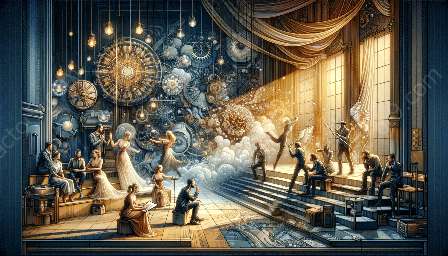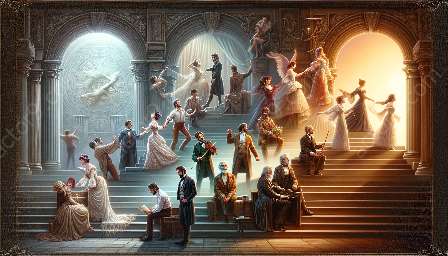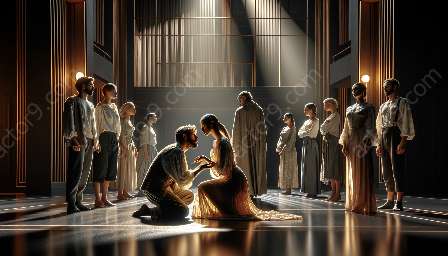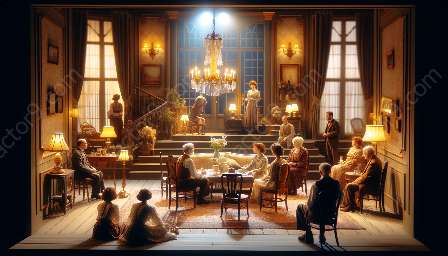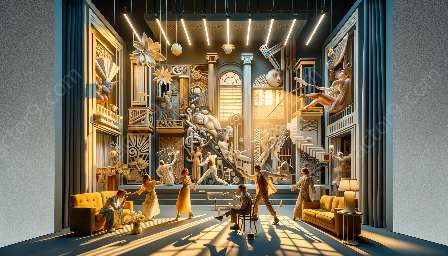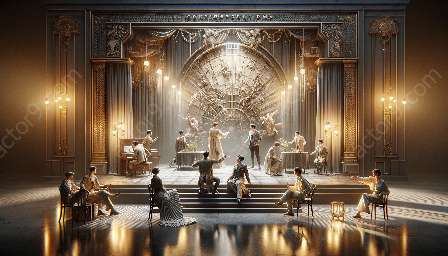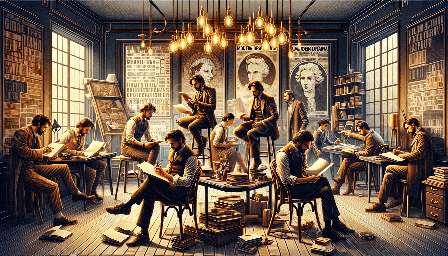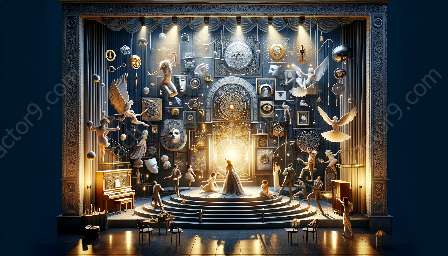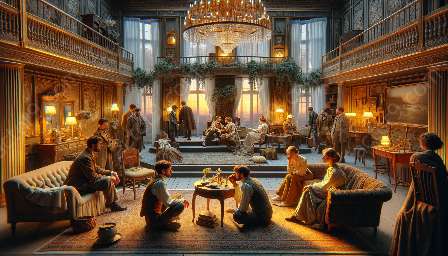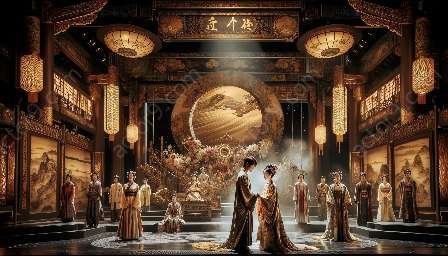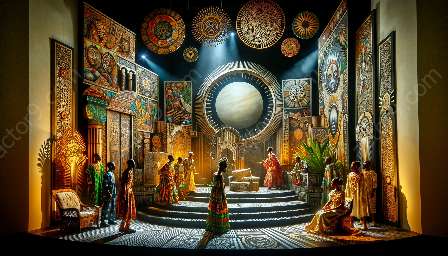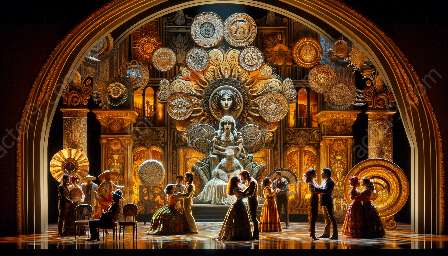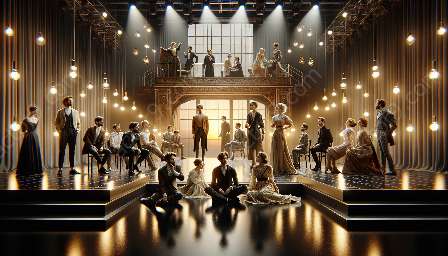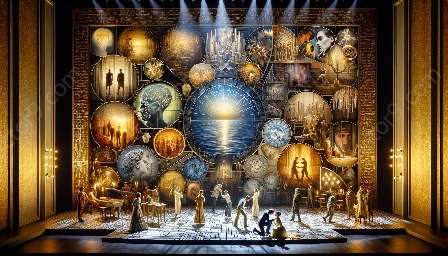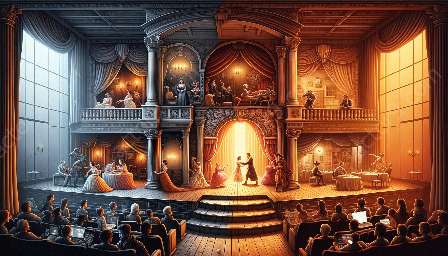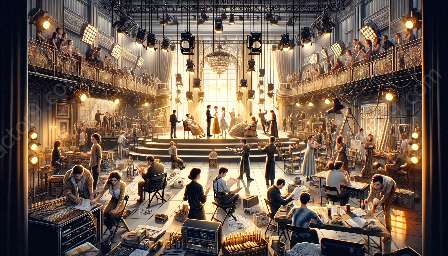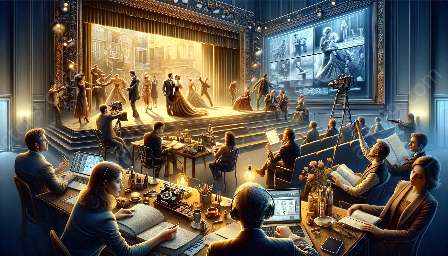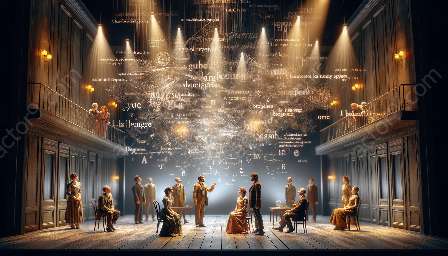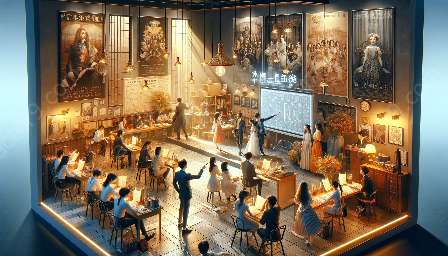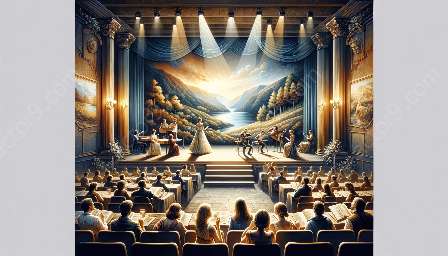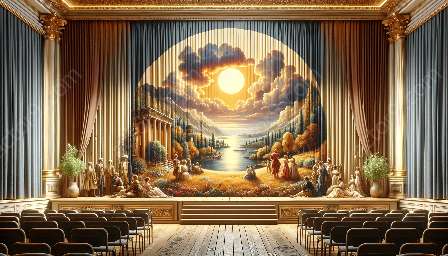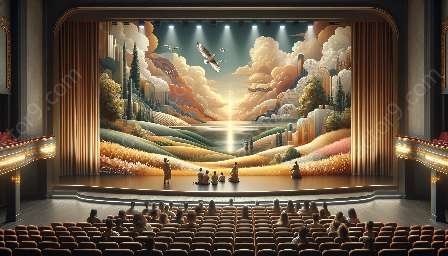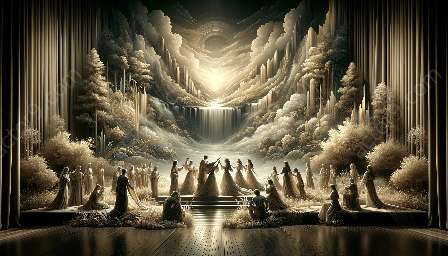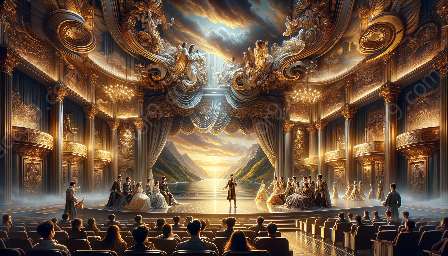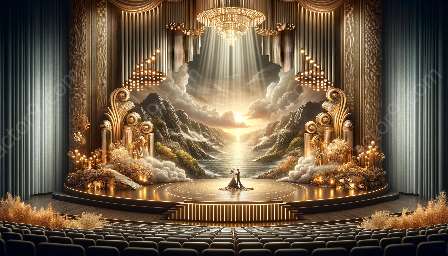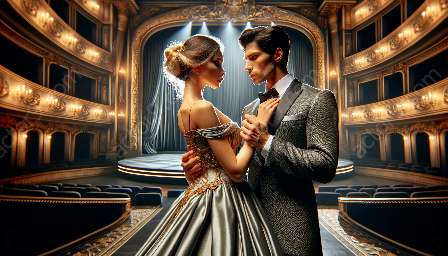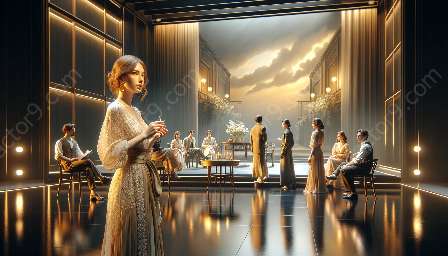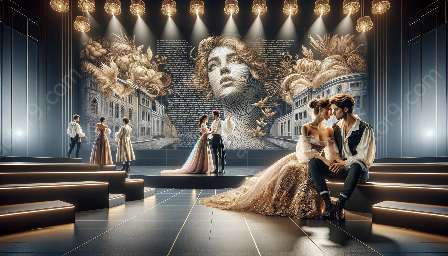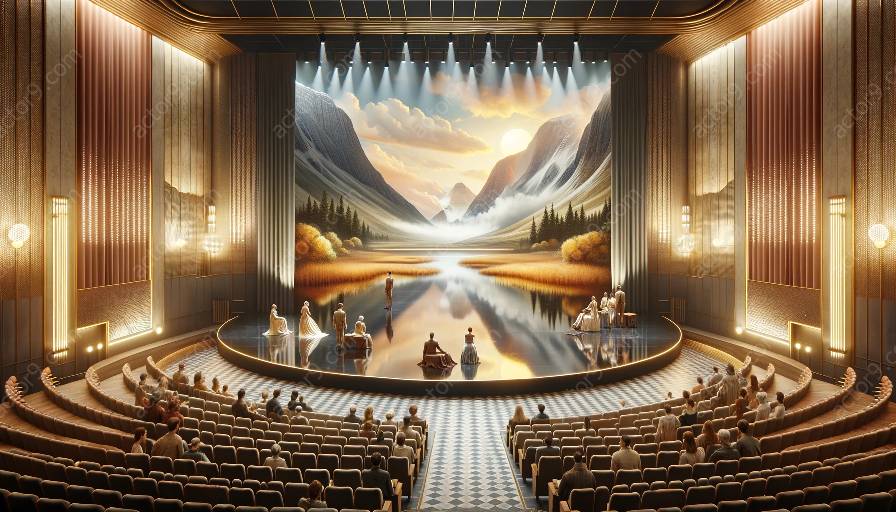Modern drama has faced criticism for its portrayal of gender and identity, especially in the ways it perpetuates stereotypes and limited representations. These critiques highlight the need for more inclusive and authentic depictions of gender and identity in contemporary theater.
Gender Stereotypes in Modern Drama
One of the primary criticisms of modern drama is its perpetuation of traditional gender stereotypes. Many plays and productions continue to depict men and women in narrow, predetermined roles, reinforcing outdated and harmful notions of masculinity and femininity. This not only limits the representation of diverse gender identities but also perpetuates societal expectations and pressures on individuals to conform to these stereotypes.
Limited Representation of Gender Identities
Another aspect of criticism directed at modern drama is the limited portrayal of gender identities beyond the binary. Non-binary, transgender, and gender non-conforming individuals are often underrepresented or misrepresented in contemporary theater. This lack of diverse representation not only alienates these communities but also contributes to the erasure of their experiences and struggles, further marginalizing already marginalized identities.
Problematic Depictions of Identity
In addition to gender, modern drama has been criticized for its portrayal of other aspects of identity such as race, sexuality, and disability. Many plays have been called out for reinforcing stereotypes and perpetuating harmful narratives, especially when it comes to intersectional identities. The failure to accurately and sensitively represent these intersecting identities leads to further marginalization and reinforces existing power dynamics.
Call for Authentic and Inclusive Representation
Despite these criticisms, there is a growing demand for modern drama to embrace more authentic and inclusive representations of gender and identity. Playwrights, directors, and theater practitioners are being called upon to diversify their narratives and challenge traditional norms. By amplifying the voices of marginalized communities and embracing a more inclusive approach, modern drama has the potential to reshape societal attitudes towards gender and identity.
Embracing Intersectional Perspectives
Intersectionality, the interconnected nature of social categorizations such as race, class, and gender, has become a focal point in the criticism of modern drama. Critics argue that the failure to consider intersectional perspectives results in incomplete and often harmful representations. The push for modern drama to reflect the complexities of intersecting identities is an integral part of the broader movement towards equity and social justice within the theatrical landscape.
Conclusion
The criticisms directed at modern drama for its portrayal of gender and identity shed light on the need for transformative change within the theater industry. Embracing more diverse and authentic representations, challenging traditional stereotypes, and adopting an intersectional approach are crucial steps towards creating a more inclusive and empowering theatrical landscape.

